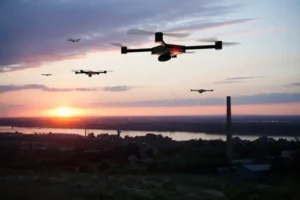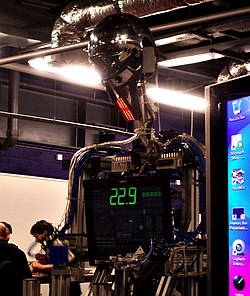Cyber espionage takes the spy game to a whole new level
Increasingly, artificial intelligence (AI) is being inserted into almost aspect of our daily lives. The art and craft of espionage is no different — until you consider what’s at stake.
Defined as the unauthorized acquisition of sensitive information by a nation-state for strategic, political, or economic objectives, what was little more than a series of isolated incidents can now be described as a persistent global threat.
American university researchers Onyinye Agatha Obioha-Val, Olawaseun, Oladeji Olaniyi, Michael Olayinka Gbadebo, Adebayo Yusuf Balogun, and Anthony Obulor Olisa recently published “Cyber Espionage in the Age of Artificial Intelligence: A Comparative Study of State-Sponsored Campaign(s).”
95.8% Accuracy
Looking at AI-enabled offensive techniques such as phishing and adaptive malware, the study found operational precision and scalability were substantially increased. On the flip side, defensive ensemble classification models achieved up to 95.8% accuracy shining a light on intrusion detection. AI regulatory frameworks diminished misattribution rates by 20% and escalation rates by 10% helping to mitigate geopolitical risks. Given the fragile nature of global affairs, aligning regulatory frameworks and international cooperation becomes more important than ever.
The study recommends five steps be taken now to ensure safe, effective AI-driven cyber espionage:
“1. Establishing international regulatory frameworks to govern the use of AI in cyber operations, emphasizing transparency, accountability, and ethical considerations.
- Investing in advanced AI-powered defensive tools, such as predictive threat modeling and real-time anomaly detection systems, to strengthen cybersecurity resilience.
- Promoting international cooperation to develop shared norms and intelligence-sharing mechanisms that address attribution challenges and reduce the risk of misattribution.
- Encouraging public and private sector partnerships to foster innovation in AI technologies while addressing data quality issues to enhance the effectiveness of defensive applications.
- Prioritizing research into the implications of quantum computing in cybersecurity focusing on developing quantum-safe encryption and understanding its potential to redefine cyber espionage tactics.”
Does AI-driven cyber espionage make things easier or harder?
The answer is simple and complex: Both. The public sector is no further along in its AI-facilitated journey than the rest of the world. They do have greater resources than the private sector but so do many of any government’s adversaries.

Top 3 Takeaways
- The effectiveness of offensive cyber espionage is significantly enhanced by the use of AI.
- Defensive ensemble classification models achieved up to 95.8% accuracy shining a light on intrusion detection.
- Cooperation among allied nations will be critical to the successful implementation of AI-driven cyber espionage.








